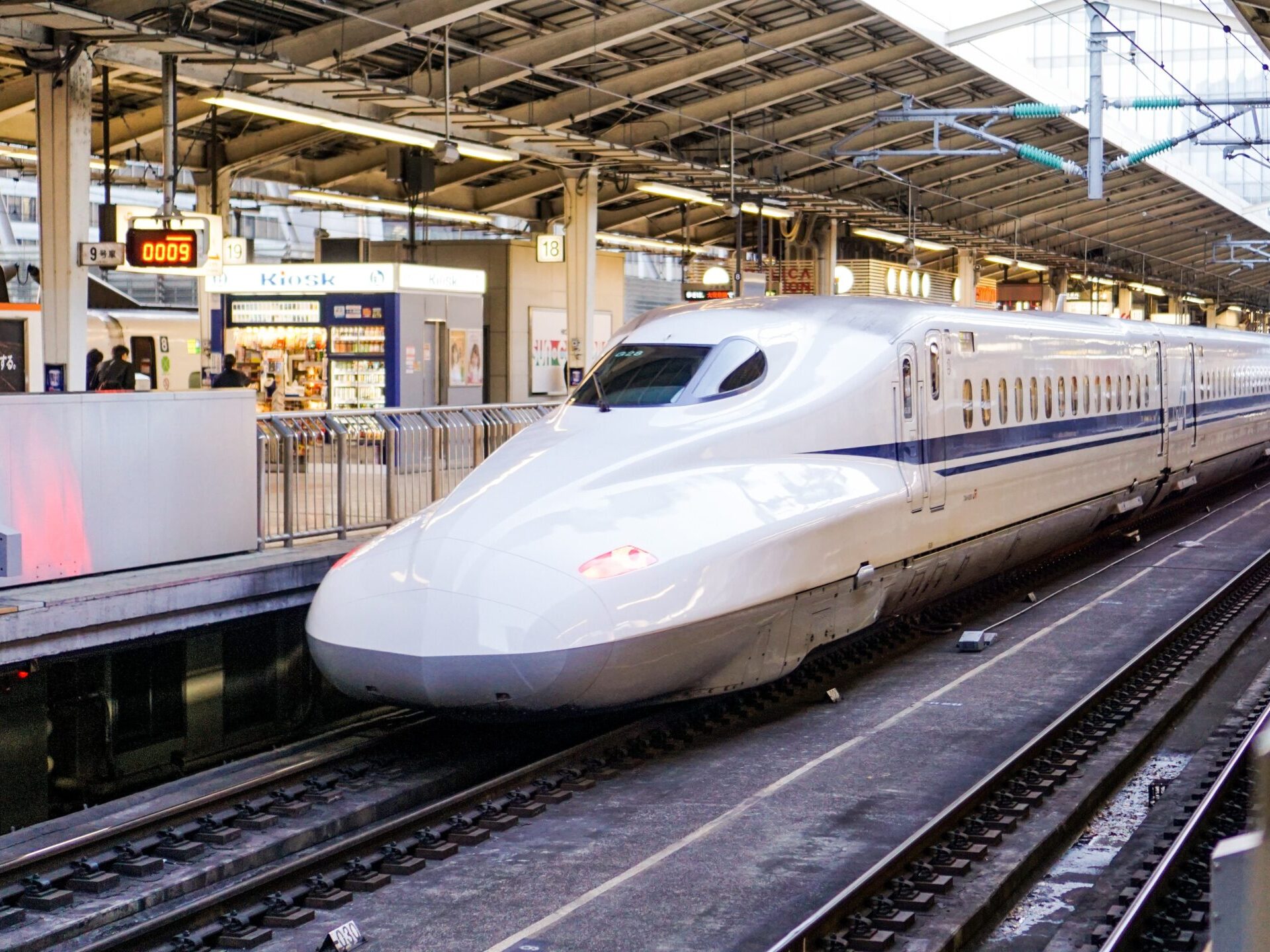3/13/23
This past week, researchers at the University of Rochester discovered a new material that displays superconductivity at near-ambient temperature and pressure. The new material, discovered in a lab led by Dr. Ranga Dias, consists of nitrogen-doped lutetium-hydride; To make the compound, the rare earth metal lutetium was combined with hydrogen and nitrogen at high temperature and pressure. The resulting blue crystal displayed superconductivity at 21 °C and 1 GPa (~9900 atmospheres). While this pressure seems exceptionally high compared to a typical 1 atm experienced at sea level, past superconductors that operate at similar or lower pressures required extreme cooling to under -123 °C. Overall, this new material shows excellent progress in developing ambient superconductors.
Superconductors are materials that have almost no electrical resistance. They have been studied for over a century to develop accessible superconductors for widespread implementation. Past instances of superconductivity have only worked at extremely high pressure or extremely low temperature. Having ambient superconductors could affect many disciplines because of increased electrical efficiency and magnetic properties at accessible operating conditions. Technological problems previously covered on this site, including nuclear fusion development and MRI helium shortages, could greatly benefit from ambient superconductors to reduce the required cooling duty. Similarly, existing magnetic levitation (Maglev) trains use superconductors cooled to -268 °C by liquid helium to achieve speeds up to 375 mph. While there are already 6 Maglev trains in operation, developing ambient superconductors could accelerate the construction of more trains. Ultimately, anything involving electromagnetism, from cell phones to power grids, would be significantly improved with ambient superconductors. These superconductors have the potential to reduce the ethical impacts of other technologies and improve quality of life.
However, before these ambient superconductors can change the world, scientists must investigate their materials for sustainability and practicality. The Dias laboratory only produced microscale amounts of superconductor material on a diamond anvil. Additionally, the main component, lutetium, is expensive and rare, so it is unlikely that this material formulation would be effective for mass production. Nevertheless, the fact that superconductivity can occur at ambient temperatures is a significant leap forward. The structure of lutetium-hydride can be investigated to understand why it is an ambient superconductor, and these characteristics could be used to search for other materials. Dias states that his group will research cheaper alternatives, like aluminum integrated with other trace components.
While some scientists are welcoming of Dias’s new publication, others are doubtful of its validity. Back in 2020, Dias’s group published a similar article where they achieved room-temperature superconductivity with a carbon-based material. However, the article was retracted in 2022 by Nature after other scientists suspected falsified data, and experimental results could not be replicated. Naturally, Dias’s paper is under extreme scrutiny given his academic history, but Dias stands by his past and current results. Ultimately, Dias’s new paper was published in Nature again, so the review process was likely more rigorous for this paper compared to the original. Nature’s willingness to publish from the same author shows the significance of this type of research. The potential for the technology exists, but high scrutiny is required to ensure accurate and significant results are obtained.

